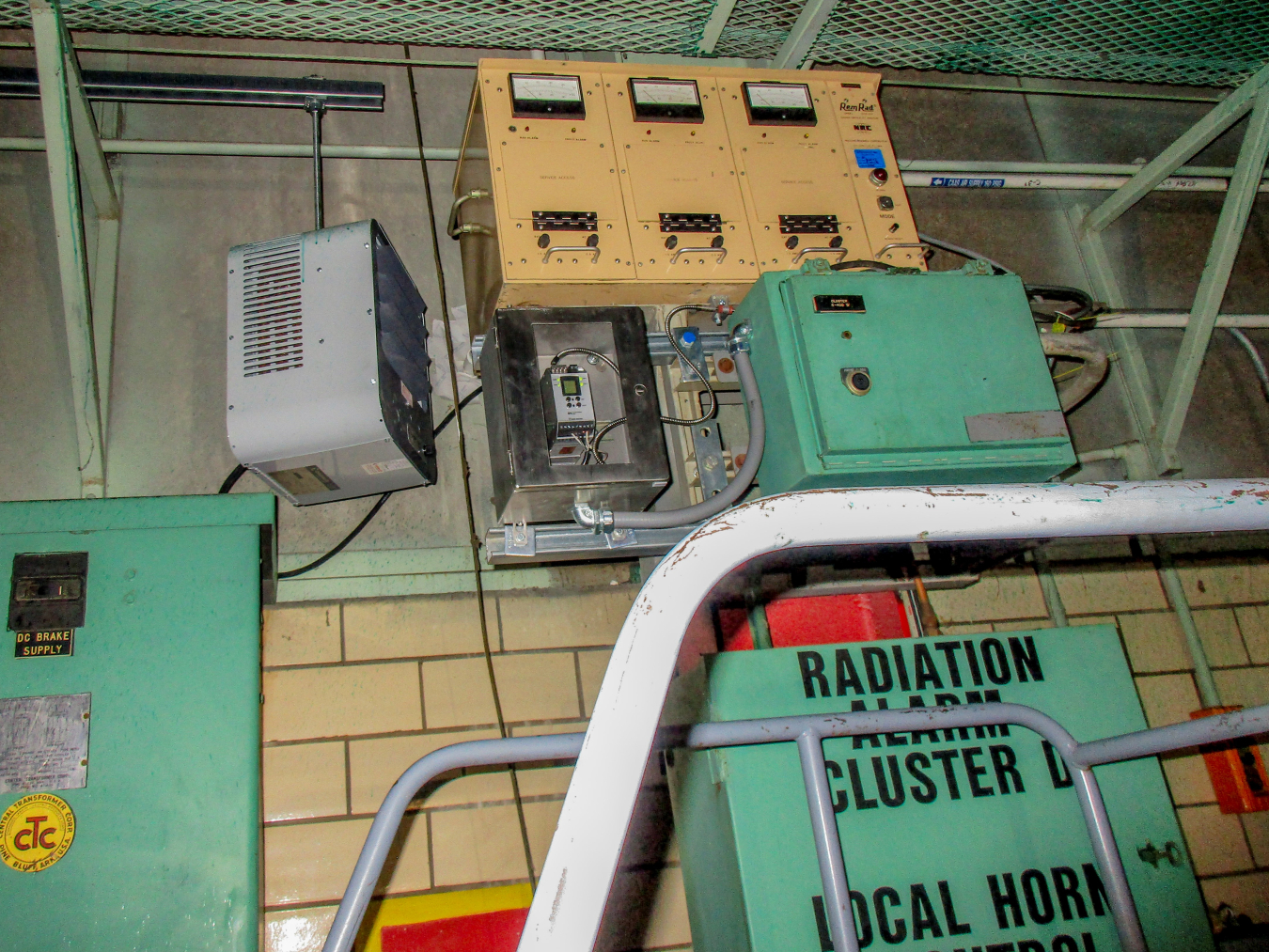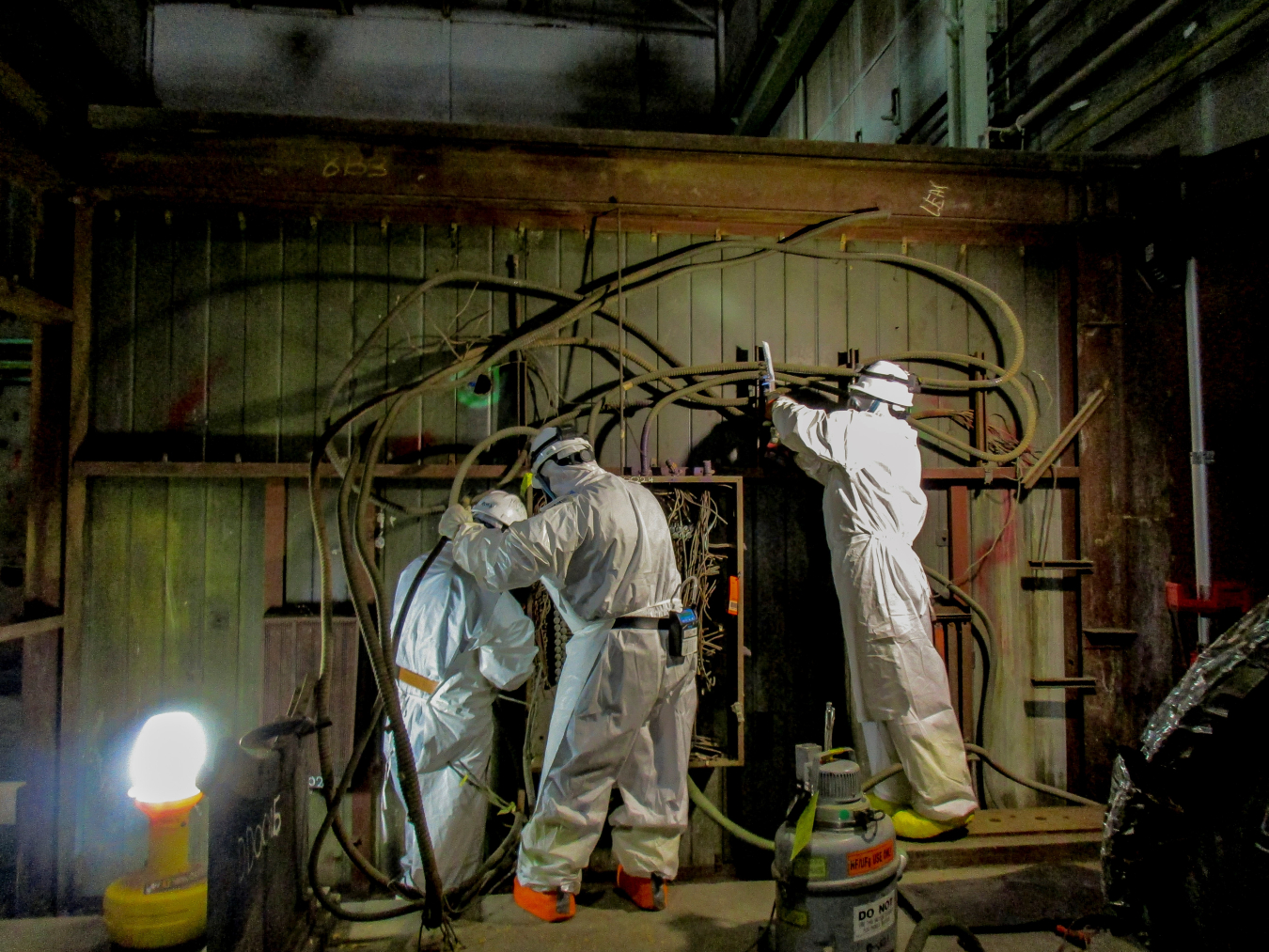Workers have cleaned up legacy materials in the C-400 Cleaning Building at EM’s Paducah Site.
Office of Environmental Management
January 8, 2019
PADUCAH, Ky. – Workers have cleaned up legacy materials in the C-400 Cleaning Building at EM’s Paducah Site so they no longer pose a potential threat to the public and environment, a key milestone in the project’s deactivation and remediation stages.
With that milestone achieved, there is no longer a need for the criticality accident alarm system (CAAS) in the facility, EM officials said.
“Reaching this stage is an important step towards the safe demolition of the C-400 Cleaning Building next year. It’s a testament to our skilled workers who have dedicated their time and expertise to making sure we were able to safely accomplish this task,” said Jennifer Woodard, Paducah Site lead for EM’s Portsmouth/Paducah Project Office.

Installed in C-400 around 1999, the CAAS was required in buildings where a potential radiological event could occur. It functioned much in the same way as a residential smoke detector. For instance, if abnormal levels of certain chemicals were detected in the building, an alarm would sound, alerting site personnel to the threat. The CAAS served as a safety feature at the site, but never had to be sounded in such an event in C-400.
With the CAAS deactivated, EM cleanup contractor Four Rivers Nuclear Partnership (FRNP) can now take steps toward final demolition, FRNP Deputy Program Manager Myrna Redfield said.
“I commend the crew for working safely to remove these legacy materials,” Redfield said. “There is still much work to be done, but this is a significant step toward getting the building demolition-ready.”
C-400 was built in 1952 and served as the primary facility for cleaning and decontaminating parts and equipment used in uranium enrichment. Demolition is slated to be completed next fall.

